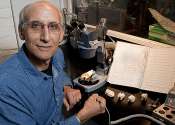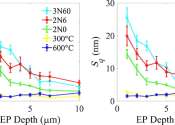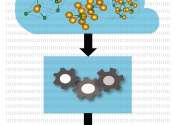Gravitational Space Corridors Could Slash Space Travel Costs (w/ Video)
(PhysOrg.com) -- Scientists studying space travel possibilities have proposed that gravitational space corridors could be used by spacecraft, in much the same way as ships use ocean currents. Taking advantage of gravitational ...









